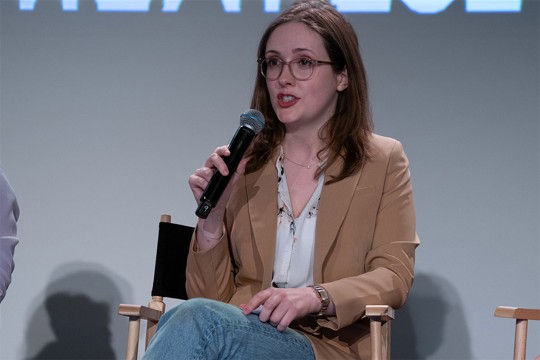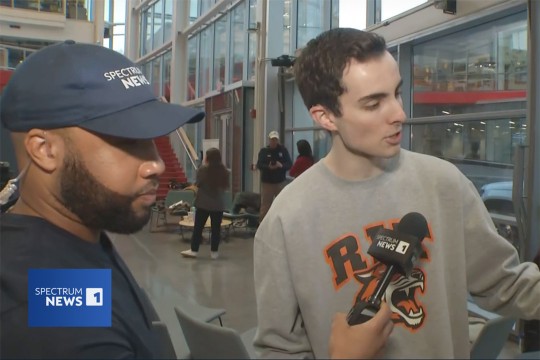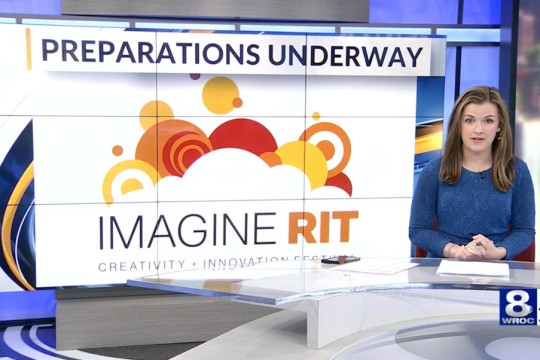Back to School: Help for College Students Undecided About Their Majors
RIT’s University Studies Program offers personalized, one-on-one advising
The University Studies Program is dedicated to helping undergraduate students explore and identify alternative majors and programs.
“The undecided are living strong. USP was the best thing that ever happened to me.”
—Christopher Tarantino, RIT third-year marketing student
He was a good student in high school, interested in everything, especially science. So when Christopher Tarantino from Enfield, Conn., came to Rochester Institute of Technology as a freshman two years ago, he was challenged with all kinds of career possibilities: pre-med, biomedical photographic communications, culinary arts and hospitality, public policy and marketing and finance.
Tarantino received help from an unexpected source, the University Studies Program—a unit within Academic Affairs at RIT that started in 2009—which is dedicated to helping undergraduate students explore and identify alternative majors and programs.
Marty Burris, director of USP, says the personalized, one-on-one advising and the opportunity to expose students to courses in their majors of interest has kept many students in school.
“These are very bright kids, interested in everything and often good at everything as well,” says Burris. “At a cost of over $40,000 a year, it is critical to get students on the right path as soon as possible. We help them find themselves, their interests and their career path.
“USP markets to freshman and we also work with internal and external transfers who want to explore other career options. Christopher has ‘graduated,’ chosen a career in marketing, and is now one of our ambassadors for the program.”
In an effort to “give back to the program that believed in us,” Tarantino recently created a new brochure with three other USP student ambassadors—‘undecideds’ who have now decided. Dan English is majoring in advertising and public relations, David Beyerlein is studying imaging and photographic technology, and Andrea Catelyn Warren has chosen visual media.
“USP is a family and we even live together in a residence hall at RIT,” says Tarantino, who is highly involved with campus activities and is also an emergency medical technician, CPR instructor and professional rescuer. “It’s a life saver for students who don’t feel established or comfortable with just one choice when they have multiple interests. So this program broadened our learning experiences while making us realize that being undecided is nothing to be ashamed of.”
According to Angelo Fuino, assistant director for the program, enrollment in USP at RIT is approximately 80-100 students per year and growing. “We are recruiting to parents and prospective students because we want them to know we are here to help. It’s exciting to watch a student’s transformation as they discover their passion; starting out with interests in engineering, math, art and design, then deciding to major in imaging science, a blend of all three.”
Note: Rochester Institute of Technology is internationally recognized for academic leadership in computing, engineering, imaging technology, sustainability, and fine and applied arts, in addition to unparalleled support services for deaf and hard-of-hearing students. RIT enrolls 17,000 full- and part-time students in more than 200 career-oriented and professional programs, and its cooperative education program is one of the oldest and largest in the nation.
For two decades, U.S. News & World Report has ranked RIT among the nation’s leading comprehensive universities. RIT is featured in The Princeton Review’s 2011 edition of The Best 373 Colleges as well as its Guide to 286 Green Colleges. The Fiske Guide to Colleges 2011 includes RIT among more than 300 of the country’s most interesting colleges and universities.















